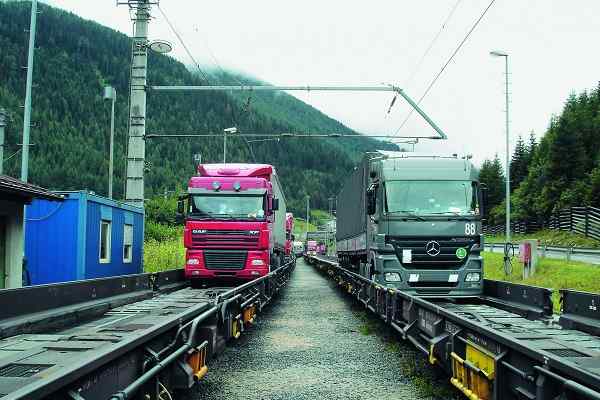 IndiGo to launch Urban Electric Air Taxis between Delhi to Gurugram
IndiGo to launch Urban Electric Air Taxis between Delhi to Gurugram Swisspod secures Strategic Investment to advance the Hyperloop Transportation
Swisspod secures Strategic Investment to advance the Hyperloop Transportation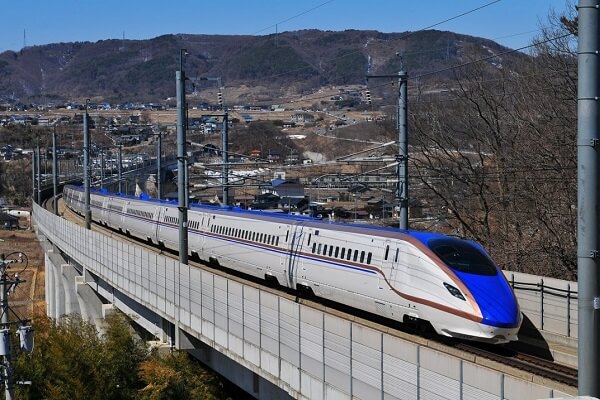 Siemens Mobility revolutionizes Copenhagen's S-bane Network with Driverless Technology
Siemens Mobility revolutionizes Copenhagen's S-bane Network with Driverless Technology Unlocking prosperity between India and Myanmar: The Kaladan Multi-Modal Transit Project
Unlocking prosperity between India and Myanmar: The Kaladan Multi-Modal Transit Project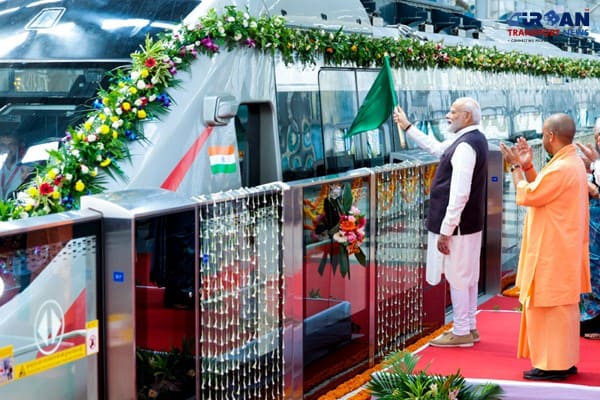 Is the RRTS Truly Accessible to the Common Man or Only the Privileged?
Is the RRTS Truly Accessible to the Common Man or Only the Privileged?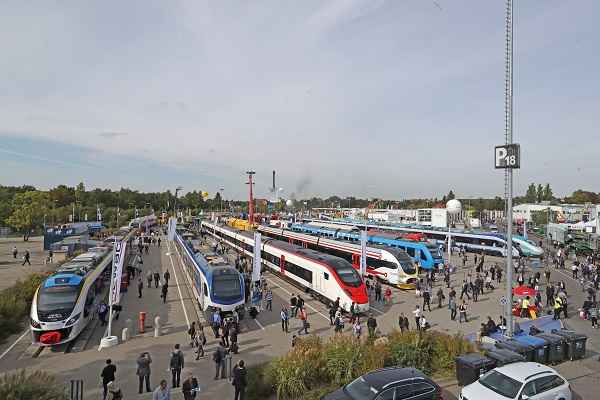 Alstom sold its Rail Signalling Technology Business to Knorr-Bremse for €630 million
Alstom sold its Rail Signalling Technology Business to Knorr-Bremse for €630 million Vensa Infrastructure wins ₹412.58 crore civil contract for Hisar Airport
Vensa Infrastructure wins ₹412.58 crore civil contract for Hisar Airport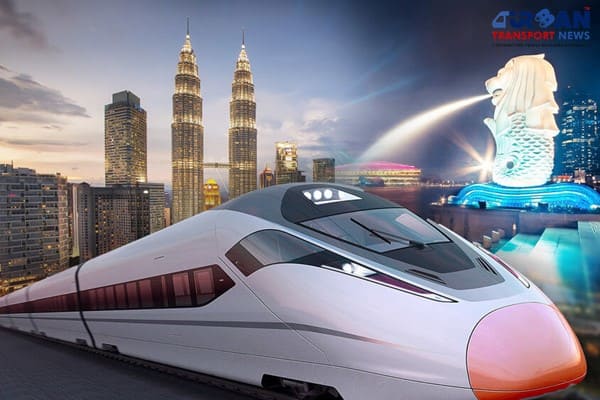 Kuala Lumpur-Singapore high-speed rail project cost could be slashed to RM70 Billion
Kuala Lumpur-Singapore high-speed rail project cost could be slashed to RM70 Billion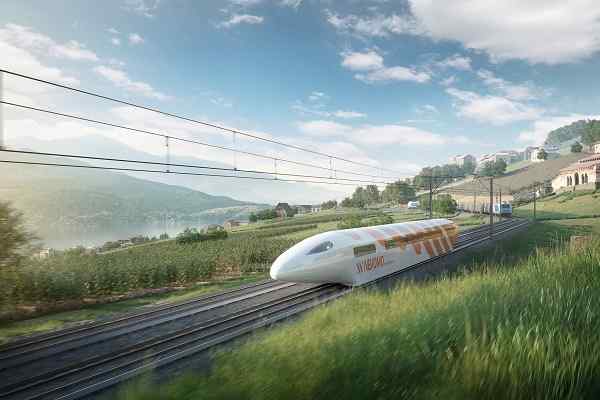 Nevomo's MagRail Technology Selected for Hyperloop Freight Demonstrator
Nevomo's MagRail Technology Selected for Hyperloop Freight Demonstrator Russia signs deal to procure bullet trains for Moscow - St. Petersburg high-speed line
Russia signs deal to procure bullet trains for Moscow - St. Petersburg high-speed line
Leveraging the positive growth outlook for logistics in 2023
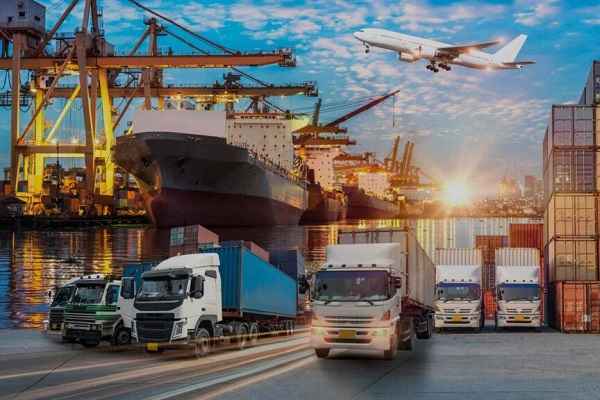
The logistics industry, as we see it, is undergoing transformative change. Global variables such as changing consumer demand and ongoing economic uncertainties are necessitating changes in the supply chains that require resilience and flexibility. With the pandemic accelerating the shift to digital, the ecosystem is challenging us to think differently. The industry players are faced with the need to develop sophisticated yet intuitive platforms to drive cost as well as time efficiencies. With innovation as the key enabler, the sector has done well to connect demand to supply and, in the process, plotted a strong road to recovery.
Record exports of ‘Made in India’ goods one of the key highlights of the year
India’s strong macroeconomic fundamentals has helped it navigate global headwinds better than most economies in the world. In 2022, Government of India has been able to deftly balance economic growth with inflationary pressures, while promoting domestic manufacturing as well as export led growth. India’s exports performance is one of the key highlights of the year, having exceeded USD $400bn of exports in FY22 as well being on the path to increase it further in FY23. Keeping up with this positive post-pandemic recovery in trade, we, at DP World are geared up for the anticipated growth in demand for logistics services to support customer supply chains.
Our efforts are focused on the digital augmentation of logistics services. DP World has strengthened its presence and capability in the Indian and overseas technology domain to drive its ambitions to penetrate new markets and grow in mature markets by offering innovative trade solutions based on digital technologies. We have set up technology centres in India in Bengaluru, Hyderabad and the latest one in Gurugram. Fulfilling our vision of building technologically advanced integrated services to help trade flow, our people at these centres, work on cutting-edge applications of heavy automation, AI/ML,robotics – such as DP World’s unique proprietary Box Bay technology and digital products for trade finance and e-commerce.
A year of pathbreaking policies in the logistics sector
This year, the logistics sector has seen several key initiatives being accelerated, while new policies have also been introduced. The most significant has been the launch of the National Logistics Policy (NLP), which will go a long way in establishing an integrated tech-enabled logistics network in India. The three-pronged approach adopted in the policy to suggest regulatory and procedural reforms across infrastructure, services and human capital provides a comprehensive strategic direction to the sector and will be a key catalyst in driving investments into it. The policy’s push for digitisation through platforms like Unified Logistics Interface Platform (ULIP) and E-Logs is crucial, as it will help bring the entire multimodal network onto a single digital dashboard, enhancing visibility and transparency for all stakeholders. In a diverse sector like logistics, this will be crucial, as it will enhance coordination and help reduce the turnaround time for cargo delivery.
The NLP’s emphasis on promoting multi-modality will help further bring cost efficiencies by encouraging greater use of time and cost-effective modes such as rail and coastal shipping. The impetus to develop multimodal logistics parks will ensure increased connectivity with the hinterland and will give users access to create customized transport and storage configurations. For example, our Multi Modal Logistics Parks (MMLPs) in Gujarat, Telangana and NCR operate as multi-modal hubs facilitating a range of logistics sub-services such as long-haul transport, consolidation, and distribution, first and last mile services and warehousing.
While our MMLPs serve the hinterland through multimodal offerings; the three Free Trade Zones strategically positioned adjacent to major ports along the coastline will create unique opportunities for our Indian as well as global customers to use India as a hub for re-export. By combining domestically produced goods and imported goods / components through on-site value addition, our free trade zones will open more avenues of trade for businesses not only in India but also for the ones in neighbouring countries. Connecting major trading hubs through multi-modal logistics will help our customers to move their cargo more efficiently and, in a cost-effective manner.
Another key achievement this year has been the various multilateral and bilateral partnerships signed by India. These include the commitments under the I2U2 grouping and CEPA, which will significantly help increase market access for ‘Made in India’ goods to different geographies across the world. These initiatives, along with Sagarmala and PMGatishakti, will go a long way in helping develop not only India’s domestic trade network, but also provide Indian products a gateway to become part of global value chains.
Building resilience remains a key imperative in 2023
We are entering 2023 in a period when global supply chains are still uncertain due to external shocks. Strengthening resilience in existing supply chains will be one of the key priorities of businesses globally. Organisations will have to work with their supply chain partners in tandem to identify critical nodes in their existing supply chains and create capabilities to swiftly tackle any disruption.
Building agile business systems, enabled with a technology driven supply chain, will be significant to optimise operations and take data driven decisions. Enhancing sustainability in the ports and logistics sector will be another key watch-out, as the government continues to strive towards its net zero emissions target. While the government has provided a well-deliberated strategic direction to the sector in 2022, 2023 will be the year of implementation, where the industry incumbents must come together to implement these directives effectively. Moving towards this direction will further help trade flow seamlessly from India and enable Indian businesses to achieve their full potential.






